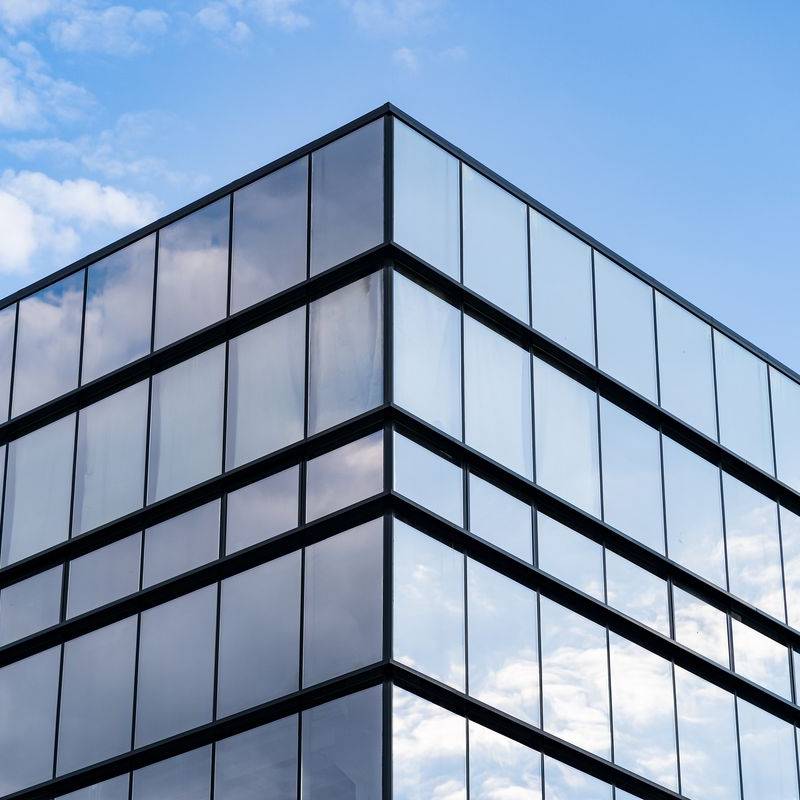

The Price of Clear Float Glass Understanding the Market Trends and Factors Influencing Costs
Clear float glass, an essential material widely used in construction, automotive, and furniture industries, is manufactured through a process that ensures its clarity and strength. Understanding the pricing of clear float glass is crucial for manufacturers, builders, and consumers alike, as it significantly impacts buying decisions and project budgets. This article will delve into the factors influencing the price of clear float glass and explore market trends that shape its cost.
The pricing of clear float glass can be attributed to several key factors, including raw material costs, production processes, market demand, and transportation expenses. The primary raw materials used in the production of clear float glass are silica sand, soda ash, and limestone. Any fluctuation in the prices of these materials, often influenced by global market conditions and mining regulations, can lead to a direct impact on the cost of glass.
The Price of Clear Float Glass Understanding the Market Trends and Factors Influencing Costs
Market demand is another significant factor influencing the price of clear float glass. Economies around the world experience cycles of growth and contraction, which directly affect construction activities. When the construction industry booms, the demand for clear float glass typically rises, leading to higher prices. Conversely, during economic downturns, a decrease in construction projects can result in excess supply and lower prices. The COVID-19 pandemic, for example, caused disruptions in the supply chain, temporarily affecting both demand and pricing in the glass market.

Moreover, geopolitical factors and trade policies can also significantly influence glass prices. Tariffs and trade agreements between countries can affect the import and export of raw materials and finished products, further influencing costs. For instance, if a country imposes tariffs on imported glass, domestic manufacturers may find themselves at a pricing disadvantage. Additionally, supply chain disruptions due to political instability can create sudden spikes in prices as availability decreases.
Transportation costs are also a critical element affecting the final price of clear float glass. Given its weight and fragility, moving glass efficiently and safely requires careful planning. Increases in fuel prices, labor costs, and shipping rates can all contribute to higher transportation expenses, ultimately reflected in retail prices.
Looking ahead, industry experts predict that clear float glass prices will continue to be influenced by sustainability trends and the growing demand for energy-efficient buildings. Innovations in manufacturing processes aimed at reducing energy consumption and emissions could lead to long-term shifts in pricing structures. As consumers and businesses increasingly seek environmentally friendly options, the market may adapt, offering products that align with these values, which can, in turn, affect pricing.
In conclusion, the price of clear float glass is a complex interplay of various factors including raw material costs, production methods, market demand, geopolitical influences, and transportation expenses. As trends in the construction industry evolve and sustainability becomes a priority, stakeholders must remain vigilant in monitoring these factors to make informed purchasing decisions. Understanding the dynamics of this market will not only help in budgeting effectively but also in fostering a more sustainable future in glass production and usage.